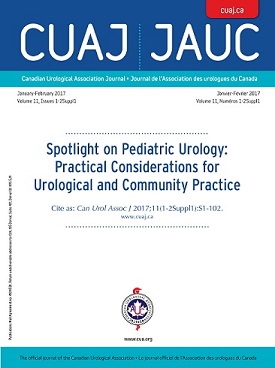
“Although the application of medical marijuana and cannabinoid drugs is controversial, it is a part of modern-day medicine.
The list of diseases in which cannabinoids are promoted as a treatment is constantly expanding. Cases of significant improvement in patients with a very poor prognosis of glioma or epilepsy have already been described. However, the occurrence of side effects is still difficult to estimate, and the current knowledge of the therapeutic effects of cannabinoids is still insufficient.
In our opinion, the answers to many questions and concerns regarding the medical use of cannabis can be provided by pharmacogenetics. Knowledge based on proteins and molecules involved in the transport, action, and metabolism of cannabinoids in the human organism leads us to predict candidate genes which variations are responsible for the presence of the therapeutic and side effects of medical marijuana and cannabinoid-based drugs.
We can divide them into: receptor genes-CNR1, CNR2, TRPV1, and GPR55, transporters-ABCB1, ABCG2, SLC6A, biotransformation, biosynthesis, and bioactivation proteins encoded by CYP3A4, CYP2C19, CYP2C9, CYP2A6, CYP1A1, COMT, FAAH, COX2, ABHD6, ABHD12 genes, and also MAPK14. This review organizes the current knowledge in the context of cannabinoids pharmacogenetics according to individualized medicine and cannabinoid drugs therapy.”
https://www.ncbi.nlm.nih.gov/pubmed/28534260
“There is a feeling that the next milestone, after legal acceptance of medical marijuana, will be intensive pharmacogenetic-oriented study of individual populations, which hopefully explain the previous contradictory results and identify in the future genetic markers to personalize cannabinoids treatment.” https://link.springer.com/article/10.1007%2Fs13318-017-0416-z




/cdn.vox-cdn.com/uploads/chorus_image/image/54932609/2928600995_24caa84411_o.0.0.jpg)





